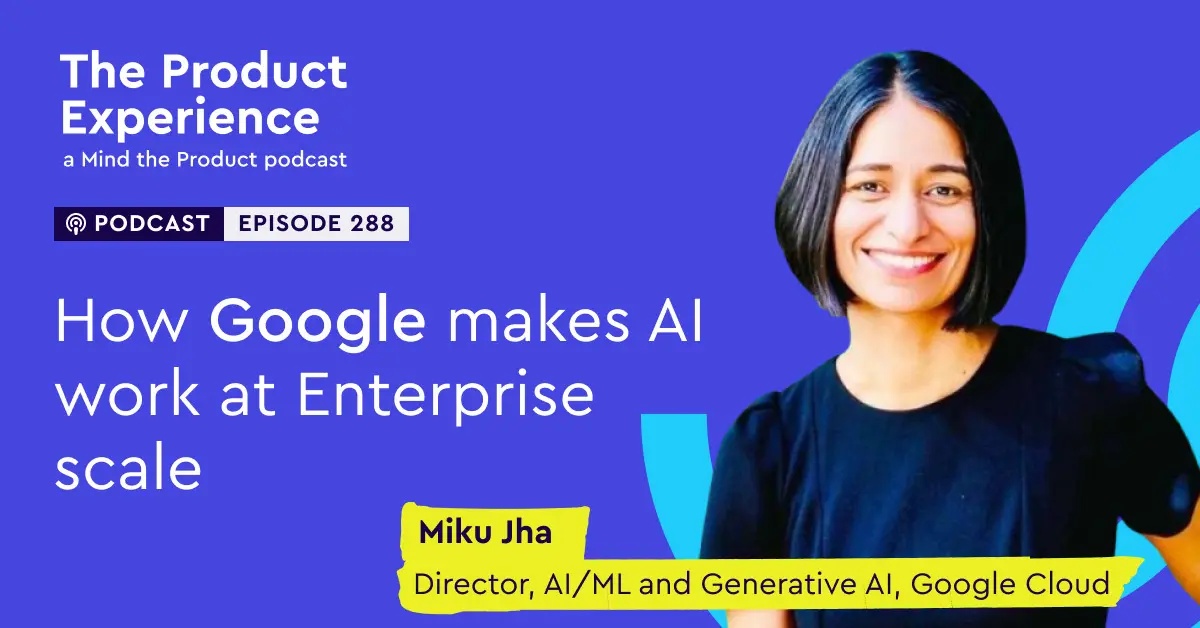Machine learning data products can create significant value for businesses and their customers. For example, data products can enable customers to engage with more relevant content, facilitating and supporting repeat custom to the business. In this ProductTank London talk Ali Gulez discusses the critical intersection of data products and digital businesses, sharing his knowledge of machine learning models through his experiences with Trainline.
Machine Learning Products
Machine learning is a combination of data analytics and AI technology, available in a variety of products and software. A particularly well-known example of machine learning is the “Recommended For You” algorithm on Netflix, a feature which recommends relevant items to users based on their viewing behaviour. It acts as an automated shop assistant – you’re presented with the product you asked for, alongside some other related or similar products. The assistant is trained to cross-sell and upsell, maximising the value of service and value to business. The same principle applies to machine learning data products, and Trainline uses these products in several ways…
Examples from Trainline
Ali’s first major project when he joined Trainline took him straight to data science as he interpreted behavioral data from the Trainline website to understand user behaviours across the whole service. He worked in a data team who identified six categories of Trainline customers, but he was particularly interested by one group: the commuters with season tickets. Ali noticed this group using the Trainline app and website to merely look up train times, so he advocated monetising these customers in alternative revenue channels. The realisation was possible thanks to internal metrics and data products.
For Ali’s second project, he worked on price prediction – a customer-facing data product. Price prediction analyses billions of data points of price runs over time; then, it predicts the price users see against price increases in time. Crucially, the price predictor helped Trainline to bring information to its customers, so those informed customers felt empowered and saved money. It meant customers were more likely to use the company again.
Although machine learning models can add significant value to their business, they do not appear overnight and they aren’t made by “magic”, says Ali. They require time, effort, planning, and coordination across many departments, and this is why Ali believes in a “hierarchy of needs”, or required steps, to create effective data products. This spans the first stages of data collection, to moving and storing data so that data scientists can explore and transform it. This kind of data science lives hand-in-hand with machine learning, and businesses of all kinds can find ways to harness it.
















